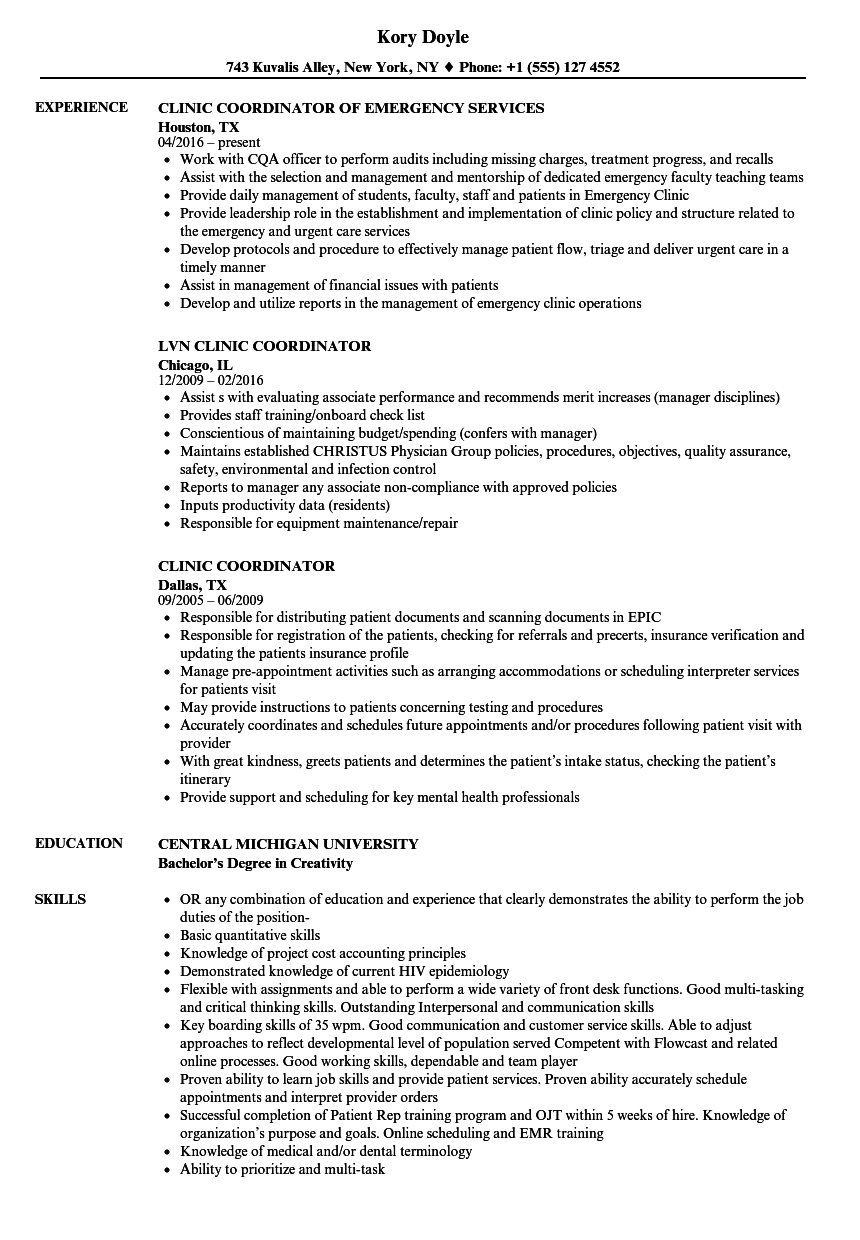Table of ContentsSome Of Public Health Clinic - An Overview - Sciencedirect TopicsThe Ultimate Guide To Rural Health Clinics (Rhcs) Introduction - Rural Health ...5 Easy Facts About Clinic - Wikipedia ExplainedRumored Buzz on Free Clinics - Free Medical Clinics - Free Health Clinics
Often, no charge is made for service in public health clinics, and for many medical conditions no earnings constraints are imposed. A few are run in connection with medical facilities, however many such clinics use public buildings or space furnished by welfare and other social agencies. Financial backing is gotten mostly from the very same sources.
Such a center is essentially a voluntary association of physicians participated in the practice of medication on an organized group basis. Common administration and centers are used, and the resulting cost and income are shared according to a predetermined plan. To be categorized as a group clinic the relationship in between each physician and the company should be defined in a legal arrangement.
Numerous of these, such as the Mayo Center, in Rochester, Minnesota, have attained a national credibility and attract patients from a wide location. Many of these organized group clinics are basic clinics; i.e., they have numerous of the different medical specialties represented on their staffs. A number of personal clinics, nevertheless, restrict their work to one medical specialized.

Typically the group is arranged individually of any health center or other company, but in some instances such clinics own and operate their own medical facility centers. In other circumstances the clinic belongs of a prepaid health service strategy. This latter pattern received impetus as labour unions established medical clinics supported by welfare advantages contributed by employers.
In 1910 the very first health centres, or multiple centers, were established in Pittsburgh and Wilkes-Barre, Pennsylvania. Others were opened in 1913 in New York City City and in 1916 in Boston and Philadelphia. In 1920 in Britain a consultative council on medical and allied services (Dawson Committee) explained a health centre as an institution where numerous medical services, preventive and alleviative, are brought together.
4 Easy Facts About Clinic - Wikipedia Explained
The prenatal and postnatal centers include routine medical and dental evaluations, classes in parenthood and relaxation, and welfare foods. Activities in kid well-being centers make up education in all elements of motherhood, routine medical and dental examinations, recommendations on mental illness, immunization and vaccination, and circulation of well-being foods. In Russia the polyclinic (poliklinika) was created in order to combine the function of a medical facility outpatient department with that of a general-practitioner health centre.

A normal city polyclinic, which was typically related to a hospital, included reception and waiting rooms, registration desk, and consulting and treatment rooms of the following: internist, pediatrician, gynecologist, cosmetic surgeon, eye professional, ear, nose, and throat specialist, neurologist, urologist, and dental expert. Spaces were typically set aside for emergency treatment, reception of infectious cases, and ladies and children's welfare, in addition to an oral department, pharmacy, pathological lab, X-ray department, gym, and lecture hall.
The main functions of household planning services are to motivate parents to make responsible decisions about pregnancy that take into consideration the very best interests of the household; to offer assistance to couples who Addiction Treatment Center wish to restrict the size of their families; and to advise on the technical techniques that are offered for doing so.
September 19, 2017 - Urgent care and retail health clinics have actually contributed in supplementing patient health care access. These alternative treatment centers enable patients to get care beyond their medical care center's limiting workplace schedule and without having to enter an emergency situation department. Both retail health centers and immediate care centers are gaining popularity.
Immediate care centers are seeing huge numbers of patients, completing at 15,300 patients each year and 294 clients weekly in 2016. Retail health clinics are likewise getting steam, with more sellers putting treatment choices within their centers. Kaiser Permanente recently announced a joint venture with Target to put retail center services within 31 of the stores around Southern California.
Our What Is A Health Center? - Bureau Of Primary Health Care Statements
While retail health clinics can not bring out the tests, they are presenting a more hassle-free option for depositing a laboratory material. Regardless of this growing popularity, market professionals and customers alike often conflate both retail health and urgent care centers. In doing so, health consumers risk of making use of both care websites wrongly, seeking care where their needs could be better served in other places - what is the spectrum health neurology headache clinic.
Immediate care clinics are centers in which patients can receive more crucial and, sometimes, emergency situation care. Not to be puzzled with emergency situation departments, urgent care centers manage conditions that are pushing but not dangerous. "Urgent Care centers are setup to help patients with a disease or injury that does not appear to be deadly, but likewise can't wait until the next day, or for medical care doctor to see them," according to Mount Sinai Healthcare Facility in New York City.
mild to moderate asthma) Diagnostic services, consisting of X-rays and lab tests Eye irritation and soreness Fever or influenza Small damaged bones and fractures (i.e. fingers, toes) Moderate back issues Severe sore throat or cough Skin rashes and infections Sprains and strains Urinary tract infections http://zanderefkn060.yousher.com/how-to-get-into-a-methadone-clinic Vomiting, diarrhea or dehydration During an emergency health scenario, clients can figure out whether to visit the immediate care clinic or ED by asking whether they would otherwise feel comfortable dealing with the need with their main care physician.
Urgent care clinics are crucial to patient care gain access to because they allow patients to receive medical attention without blocking up the ED to racking up a high medical costs. The market is currently grappling with ED overcrowding, potentially due to unnecessary ED utilization. Urgent care centers develop an alternative for clients to receive the treatment they require without contributing to those ED issues.
Retail health centers are not developed to resolve pressing problems, but instead smaller health requires that can be dealt with at a patient's convenience. "A retail health center employs certified nurse specialists who can deal with small, uncomplicated health problems and injuries, such as fevers and colds, rashes, bumps, and scrapes," according to Independence Blue Cross.
Some Known Incorrect Statements About How Do I Find Free Or Low-cost Health Clinics Near Me ...
Urgent care clinics are legally required to staff at least one board-certified physician, while retail health centers normally just staff nurse specialists and physician's assistants. Retail health clinics are useful for clients due to the fact that they provide a practical and cost-efficient technique for getting care when otherwise the patient may go without.
Retail health centers also assist patients gain access to particular preventive services, such as getting vaccines. Data from 2017 revealed that retail centers that use flu shots increase the rate of clients who access the vaccines from 32.2 percent to 40.3 percent. These findings highlight the efficiency of retail health centers in broadening hassle-free access to small patient care.
This can lead clients to access the wrong center, possibly causing duplicative services and increased medical spending. A 2017 study from CityMD showed that patients generally don't know if they should use an urgent care center or an emergency situation department. The survey presented a series of situations to client participants and triggered clients to choose either the ED or an immediate care center.